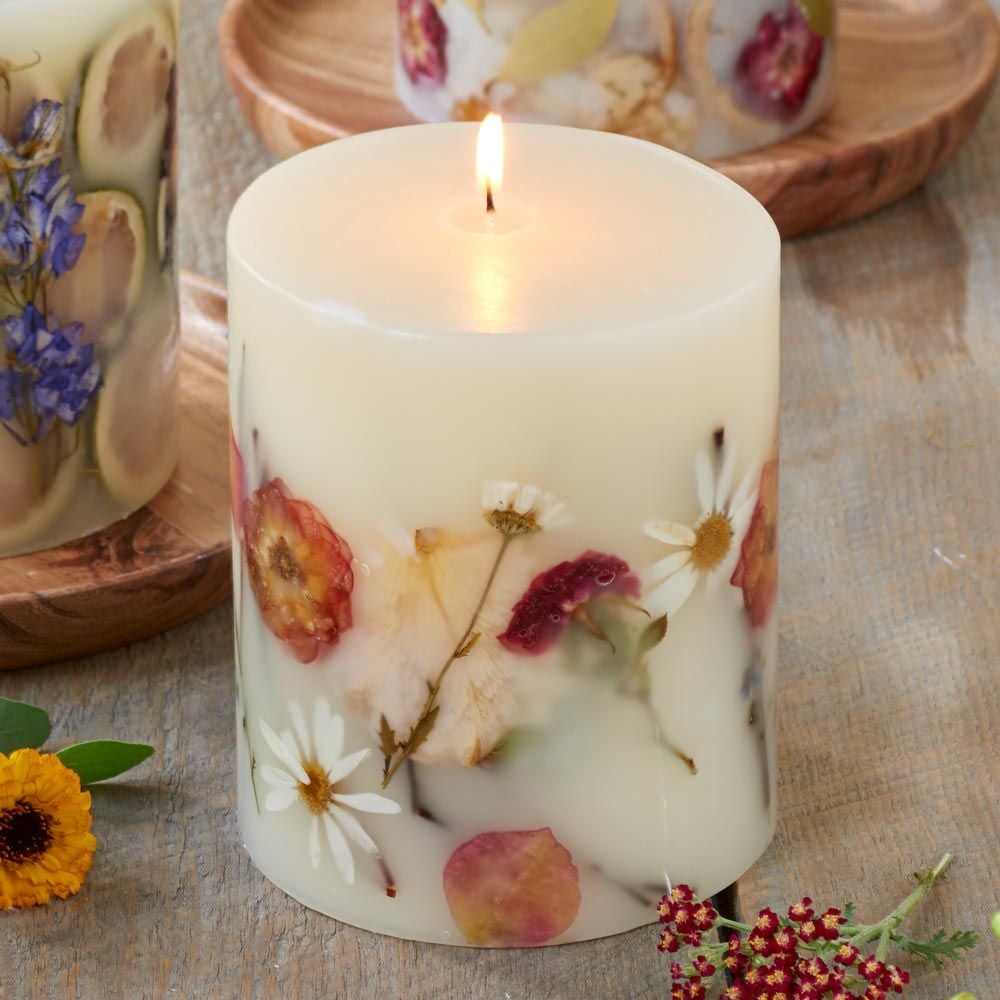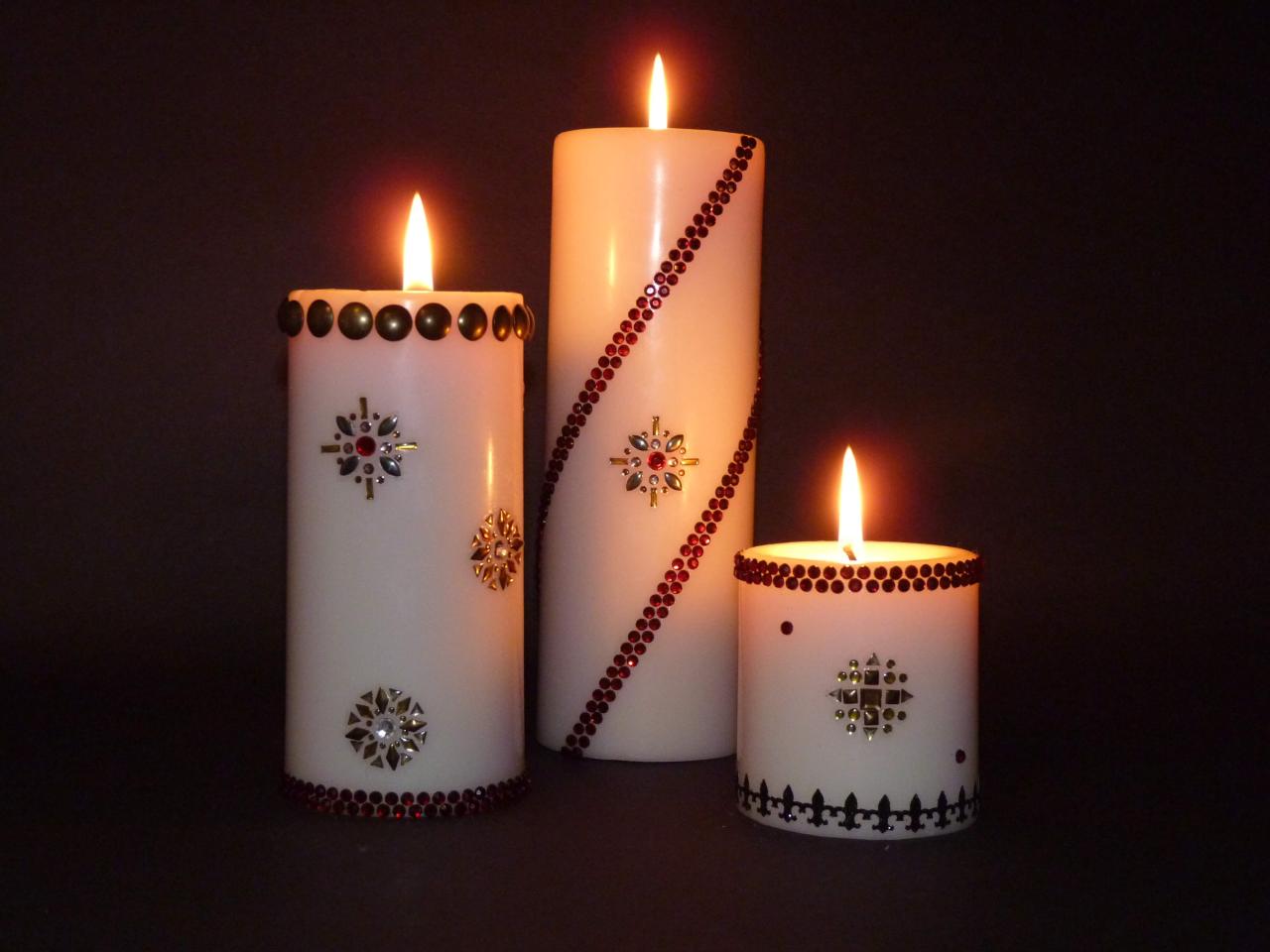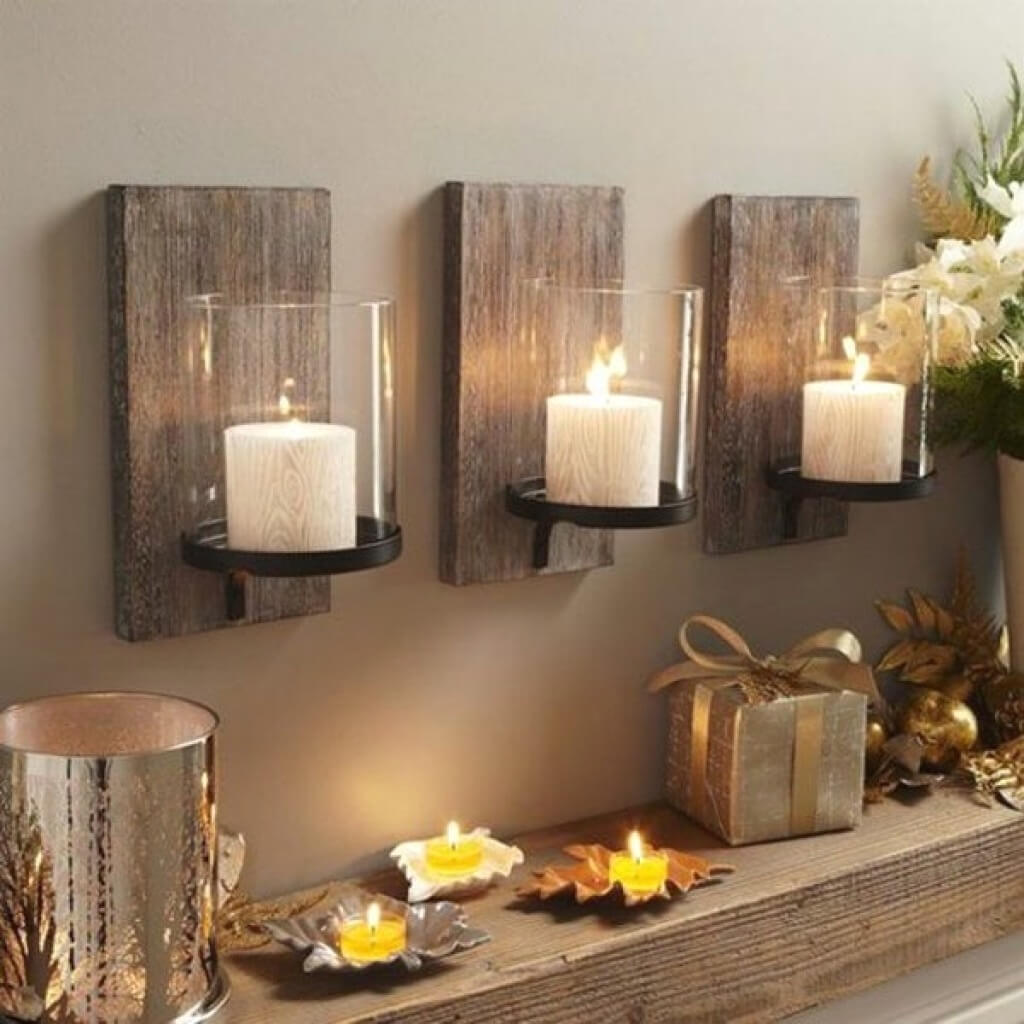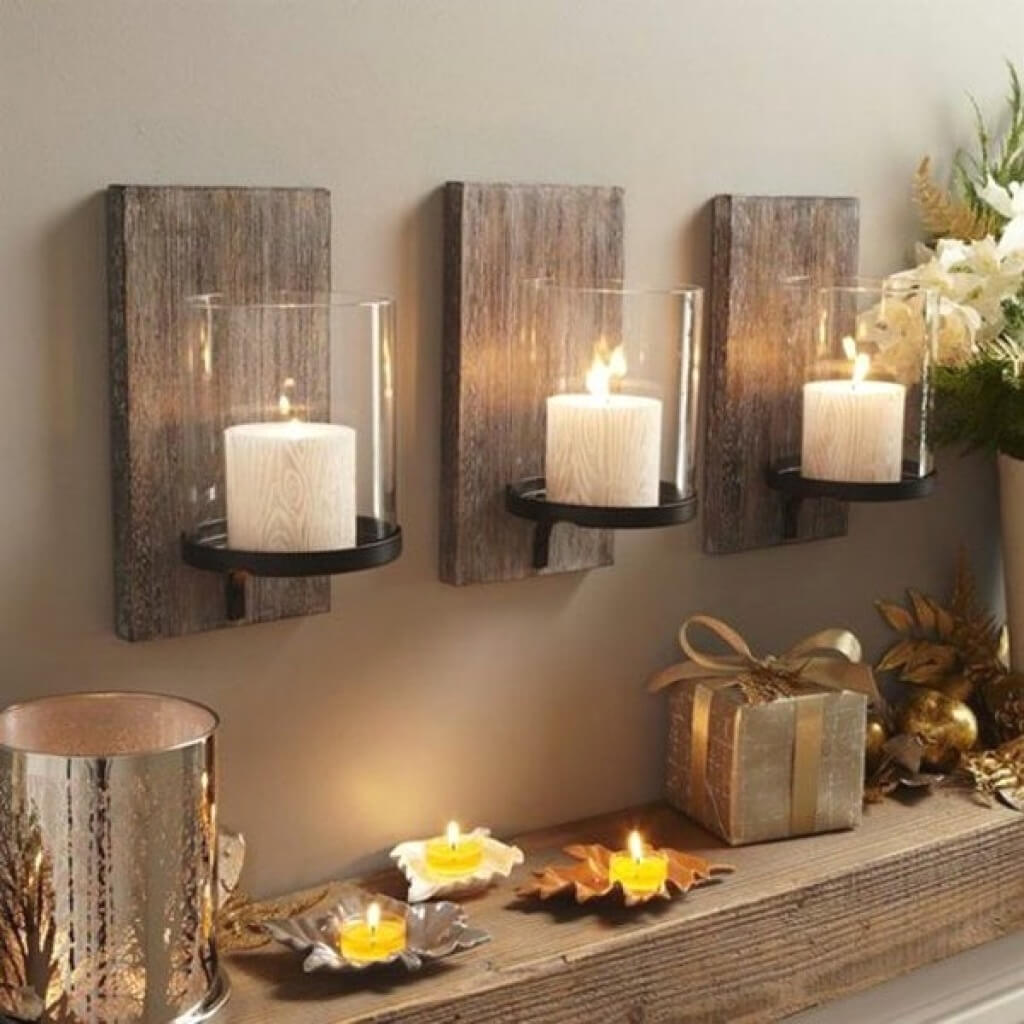Decorative candles have become an essential element in home decor, offering a blend of ambiance, aesthetics, and functionality. From traditional designs to modern shapes, and from classic scents to innovative fragrances, decorative candles cater to diverse tastes and preferences. This comprehensive guide delves into the world of decorative candles, exploring their materials, design, trends, uses, and safety considerations, providing valuable insights for candle enthusiasts and home decorators alike.
The journey into the world of decorative candles begins with an exploration of the materials used in their creation, including the different types of wax, wicks, dyes, and fragrances that contribute to their unique characteristics and performance.
Decorative Candle Materials

Decorative candles are made from a variety of materials, each with its own unique properties. The most common type of wax used in decorative candles is paraffin wax, which is derived from petroleum. Paraffin wax is relatively inexpensive and burns cleanly, but it can produce soot if not burned properly.
Other types of wax used in decorative candles include soy wax, beeswax, and palm wax. Soy wax is made from soybeans and is a renewable resource. It burns cleanly and produces very little soot. Beeswax is made by bees and is a natural product.
It burns cleanly and has a pleasant, honey-like scent. Palm wax is made from palm trees and is a sustainable resource. It burns cleanly and produces very little soot.
Wicks
The wick is an important part of a candle, as it is what allows the candle to burn. Wicks are made from a variety of materials, including cotton, paper, and wood. The type of wick used will affect the way the candle burns.
Cotton wicks are the most common type of wick used in decorative candles. They burn cleanly and produce very little smoke. Paper wicks are less common, but they burn hotter than cotton wicks and can produce more smoke. Wood wicks are becoming increasingly popular, as they produce a crackling sound when they burn and can add a touch of ambiance to a room.
Dyes and Fragrances
Dyes and fragrances are added to decorative candles to give them a desired color and scent. Dyes can be either natural or synthetic. Natural dyes are made from plants or minerals, while synthetic dyes are made from chemicals. Fragrances can also be either natural or synthetic.
Natural fragrances are made from essential oils, while synthetic fragrances are made from chemicals. The type of dye and fragrance used will affect the overall appearance and scent of the candle.
Decorative Candle Trends

Decorative candles have evolved into a captivating form of home decor, reflecting the latest styles and aesthetics. The influence of seasons and holidays on candle design has become increasingly evident, with seasonal scents and festive themes adding a touch of ambiance to any occasion.
The emergence of eco-friendly and sustainable candles has also gained significant momentum. Consumers are becoming more conscious of their environmental impact, leading to a growing demand for candles made from natural and renewable resources.
Current Popular Styles and Aesthetics
- Minimalist: Clean lines, neutral colors, and understated designs create a sophisticated and modern look.
- Bohemian: Intricate patterns, vibrant colors, and ethnic influences evoke a sense of wanderlust and global flair.
- Vintage: Classic shapes, distressed finishes, and antique-inspired details add a touch of nostalgia and charm.
- Organic: Natural elements, such as wood, stone, and plants, bring a sense of the outdoors into the home.
Influence of Seasons and Holidays on Candle Design
Seasonal scents and festive themes play a significant role in shaping the design of decorative candles. For example, autumn candles often feature warm and spicy aromas, such as pumpkin spice and cinnamon, while spring candles evoke the freshness of flowers and citrus fruits.
Holidays also inspire unique candle designs. Christmas candles are adorned with festive colors, wintery scents, and holiday-themed motifs, while Halloween candles often feature spooky designs and eerie scents.
Emergence of Eco-Friendly and Sustainable Candles
The growing awareness of environmental issues has led to a surge in the popularity of eco-friendly and sustainable candles. These candles are typically made from natural and renewable resources, such as soy wax, beeswax, and vegetable oils.
Sustainable candles also prioritize ethical sourcing and packaging, reducing their environmental impact. Some manufacturers use recycled materials for packaging and choose suppliers who prioritize fair labor practices.
Decorative Candle Safety

Enjoying decorative candles safely requires proper care and handling techniques. Understanding candle placement, ventilation, and accident prevention measures is crucial to ensure a pleasant and hazard-free experience.
Candle Care and Handling
Before lighting a candle, trim the wick to 1/4 inch to prevent excessive smoke and soot. Keep candles away from flammable materials, such as curtains, bedding, and paper. Always burn candles on a stable, heat-resistant surface.
Never leave a burning candle unattended. Extinguish the flame completely before leaving the room or going to sleep. Use a candle snuffer or wet fingers to avoid splattering hot wax.
Candle Placement and Ventilation, Decorative candles
Place candles in well-ventilated areas to prevent smoke accumulation and oxygen depletion. Keep candles away from drafts, as this can cause uneven burning and increase the risk of accidents.
Avoid placing candles near heat sources, such as stoves or radiators, as this can cause the wax to melt too quickly. Ensure there is sufficient space between candles to prevent overheating and potential fire hazards.
Preventing Candle-Related Accidents
Keep candles out of reach of children and pets. Never use candles as a source of primary lighting. Extinguish candles before moving them or changing their location.
In case of a candle fire, do not use water to extinguish it. Use a fire extinguisher or smother the flames with a blanket. Always check for embers or smoldering wicks before discarding candle remains.
Last Recap
In conclusion, decorative candles are not just sources of light but also versatile tools for enhancing home ambiance, expressing personal style, and creating memorable experiences. By understanding the materials, design, trends, uses, and safety aspects of decorative candles, individuals can make informed choices that bring warmth, beauty, and joy into their living spaces.
Essential Questionnaire: Decorative Candles
What are the different types of wax used in decorative candles?
Decorative candles commonly utilize various types of wax, including paraffin wax, soy wax, beeswax, and gel wax, each offering unique properties and burn characteristics.
How do different wicks impact candle burn?
Wicks play a crucial role in candle performance, influencing the flame size, burn time, and overall stability of the candle. Common wick materials include cotton, wood, and paper, with each type offering distinct characteristics.
What are the safety precautions to consider when using decorative candles?
To ensure safe candle use, it is essential to follow proper handling techniques, including placing candles on stable surfaces, keeping them away from flammable materials, and never leaving burning candles unattended.

